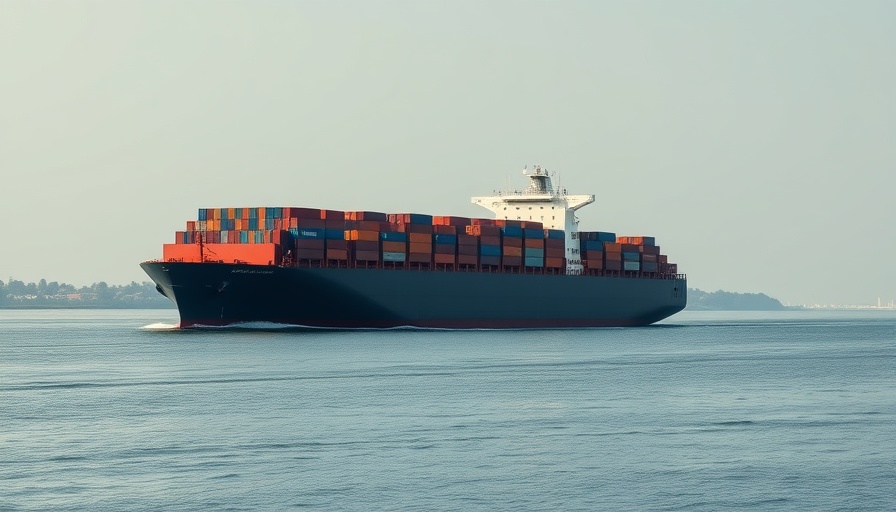
Challenges Faced by the Rhine River Shipping Industry
The Rhine River, a vital artery for shipping in Europe, is currently facing significant challenges due to low water levels caused by severe droughts and heatwaves in western Europe. This situation is exacerbated by recent weather patterns that have only marginally increased water levels, causing logistical headaches for shipping operators all along the river, particularly south of Duisburg and Cologne. The Kaub chokepoint has become a key bottleneck, where vessels are limited in their capacity, typically sailing at only half their load capacity.
The Economic Impact on Shipping Costs
Reduced water levels lead to substantial cost increases for cargo owners as shipping companies impose surcharges to compensate for their reduced payloads. This economic strain forces traders to adapt by redistributing cargo across multiple vessels instead of utilizing a single fully loaded ship, leading to inefficiencies and increased transit costs. For industries reliant on timely delivery of commodities such as grains, minerals, and fuel, these hurdles could have cascading effects, notably on local supply chains and market prices.
Historical Context: Lessons from the Past
The current shipping predicament on the Rhine is reminiscent of the disruptions faced in summer 2022, which saw Germany grappling with supply challenges due to similar low water levels. The historical context of shipping on the Rhine encompasses various fluctuations influenced by weather conditions, demonstrating how reliant modern logistics are on stable environmental factors. Understanding these fluctuations can inform better preparation and response strategies for future incidents, emphasizing the need for resilience in the supply chain.
Freight Operations and Adaptation Strategies
When faced with reduced capacity, shipping operators often have no choice but to adopt innovative operational strategies. Adjustments may include increased collaboration among transport companies and shippers to ensure efficient load distribution, as well as exploring alternate shipping routes where feasible. Innovations in vessel design could also play a critical role in adapting to such environmentally induced constraints, enabling higher efficiency even amidst lower water levels.
Future Projections: What Lies Ahead for the Rhine?
While recent rain improvements offer some hope for rising water levels in the short term, the long-range impact of climate variability on the Rhine is a pressing concern. As trends indicate potentially more frequent drought and heat events, stakeholders need to engage in proactive planning to safeguard the Rhine’s shipping viability. This may require investment in infrastructure improvements, such as dredging projects or the establishment of alternative transport methods, to better prepare for future disruptions.
Conclusion: Preparing for Tomorrow’s Challenges
As the Rhine experiences ongoing fluctuation in shipping traffic due to low water levels, both immediate adaptations and long-term strategies become crucial. Recognizing the broader impacts of environmental changes on logistics and supply chains is essential for businesses to navigate effectively. The resilience of the shipping industry relies not only on responses to current challenges but also on the foresight to adapt to an increasingly unpredictable climate.
 Add Row
Add Row  Add
Add 




Write A Comment